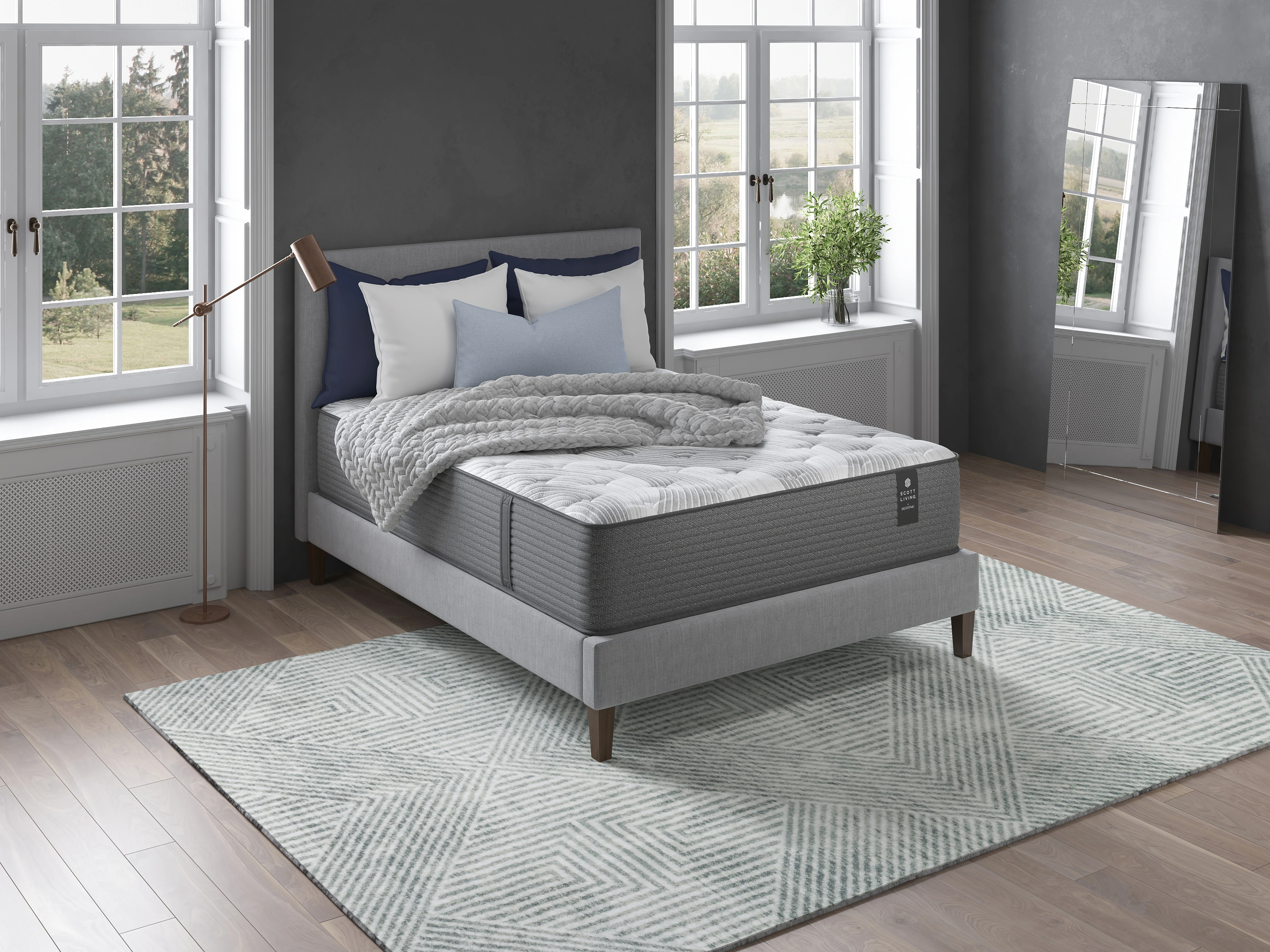Featured
When it pertains to developing and furnishing your home, selecting the best style of furnishings is just one of one of the most crucial choices. 2 popular selections are contemporary and typical furniture styles. While they might share some resemblances, they differ in countless means, from layout components to products and general aesthetic appeals. Recognizing the crucial differences between these two designs can assist you make an informed choice concerning what will best suit your home and personal preference.
Standard Furnishings: Typical furnishings, on the various other hand, attracts motivation from previous historic periods, such as the 19th and 18th centuries. It features extra ornate and intricate information, with a concentrate on craftsmanship and traditional designs. This design is often linked with a cozy and welcoming aesthetic, with furnishings items showcasing decorative components like sculpted wood, abundant fabrics, and sophisticated coatings. Traditional furniture tends to have a more official look, and its layout is rooted in history, commonly with complex patterns, sophisticated contours, and antique surfaces.
![]()
Typical Furnishings: Conventional furnishings is known for making use of abundant, natural materials like strong wood, leather, and textiles. The products in typical furnishings are generally a lot more significant and developed to last for generations.
![]()
Typical Furnishings: Typical furnishings, by contrast, frequently incorporates richer, much deeper shade tones. Shades of wine red, forest green, navy blue, and gold are frequently utilized to produce a cozy and inviting ambience. Patterns such as floral prints, damask, and stripes prevail in standard furnishings pieces, including a component of beauty and beauty. Using richer shades aids bring deepness and personality to the space, offering it a more ageless and timeless allure.
![]()
Traditional Furniture: While typical furniture also values comfort, the emphasis is more on creating a timeless and elegant appeal. Convenience is focused on, especially in seating items such as couches and chairs, yet conventional furnishings does not always highlight the versatility or performance that is common in contemporary items.
Standard Furnishings: Conventional furnishings is ideal fit for homes that embrace a more classic, formal style. While it can be mixed with modern-day elements, conventional furniture has a tendency to control the space and is commonly the focal factor.
Conclusion. Ultimately, choosing between modern and typical furniture comes down to your personal preferences and the general ambiance you desire to create in your living area. Contemporary furniture offers sleek, minimal styles and functionality, while conventional furnishings brings ageless style, intricate craftsmanship, and a cozy, inviting feeling.
- Layout and Aesthetic. Contemporary Furnishings: Contemporary furniture is all concerning clean lines, minimal layouts, and a focus on capability. Contemporary furniture tends to have actually an underrated sophistication, with much less focus on embellishment.
Standard Furnishings: Typical furnishings, on the various other hand, attracts motivation from previous historic periods, such as the 19th and 18th centuries. It features extra ornate and intricate information, with a concentrate on craftsmanship and traditional designs. This design is often linked with a cozy and welcoming aesthetic, with furnishings items showcasing decorative components like sculpted wood, abundant fabrics, and sophisticated coatings. Traditional furniture tends to have a more official look, and its layout is rooted in history, commonly with complex patterns, sophisticated contours, and antique surfaces.
- Products and Finishes. Contemporary Furnishings: In contemporary layout, materials tend to be more modern and varied. Furniture made from steel, glass, and plastics are frequently used, usually paired with timber to develop contemporary and sleek items. The finishes are typically a lot more minimalistic and may include matte, glossy, and even reflective surfaces. The focus is on creating an elegant, contemporary look that fits effortlessly right into current home. Furnishings might likewise include brand-new products, such as acrylic or shaped plywood, which supply an advanced charm.

Typical Furnishings: Conventional furnishings is known for making use of abundant, natural materials like strong wood, leather, and textiles. The products in typical furnishings are generally a lot more significant and developed to last for generations.
- Shade Palettes. Contemporary Furnishings: Contemporary furnishings accepts neutral color pattern, such as shades of gray, white, black, and beige. Bold accents and pops of shade are frequently utilized to develop centerpieces, either through throw cushions, artwork, or rugs. The focus gets on producing a well balanced, harmonious atmosphere without frustrating the space with way too many competing colors. The overall effect is tidy, smooth, and contemporary, with color made use of tactically to enhance the visual.

Typical Furnishings: Typical furnishings, by contrast, frequently incorporates richer, much deeper shade tones. Shades of wine red, forest green, navy blue, and gold are frequently utilized to produce a cozy and inviting ambience. Patterns such as floral prints, damask, and stripes prevail in standard furnishings pieces, including a component of beauty and beauty. Using richer shades aids bring deepness and personality to the space, offering it a more ageless and timeless allure.
- Capability and Convenience. Contemporary Furniture: Capability is a vital attribute of contemporary furnishings. It is created with modern-day living in mind, providing ease and flexibility. As an example, several modern pieces are modular, enabling you to readjust them to fit your needs. Contemporary furnishings frequently includes built-in storage solutions, multi-functional pieces, and ergonomic designs, making sure that both form and feature are balanced. The goal is to create furnishings that enhances the comfort and effectiveness of day-to-day life.

Traditional Furniture: While typical furniture also values comfort, the emphasis is more on creating a timeless and elegant appeal. Convenience is focused on, especially in seating items such as couches and chairs, yet conventional furnishings does not always highlight the versatility or performance that is common in contemporary items.
- Style Combination. Contemporary Furnishings: Contemporary furniture functions well in modern homes, especially those with open-plan formats. Its clean, clean design is best for minimal spaces or insides that highlight an even more industrial, metropolitan, or Scandinavian look. Contemporary items can additionally blend effortlessly with other style styles, such as mid-century modern-day, transitional, or perhaps standard, as a result of their flexible and ever-evolving nature.
Standard Furnishings: Conventional furnishings is ideal fit for homes that embrace a more classic, formal style. While it can be mixed with modern-day elements, conventional furniture has a tendency to control the space and is commonly the focal factor.
Conclusion. Ultimately, choosing between modern and typical furniture comes down to your personal preferences and the general ambiance you desire to create in your living area. Contemporary furniture offers sleek, minimal styles and functionality, while conventional furnishings brings ageless style, intricate craftsmanship, and a cozy, inviting feeling.
Latest Posts
Celebrate Life's Moments at Deauville Inn
Published Apr 17, 25
1 min read
Full Circle Strategic Marketing - Supercharge Your Marketing Plan with Tailored Strategies
Published Apr 16, 25
2 min read
Why Yesterday's Tavern Menu Maintains You Returning
Published Apr 16, 25
2 min read